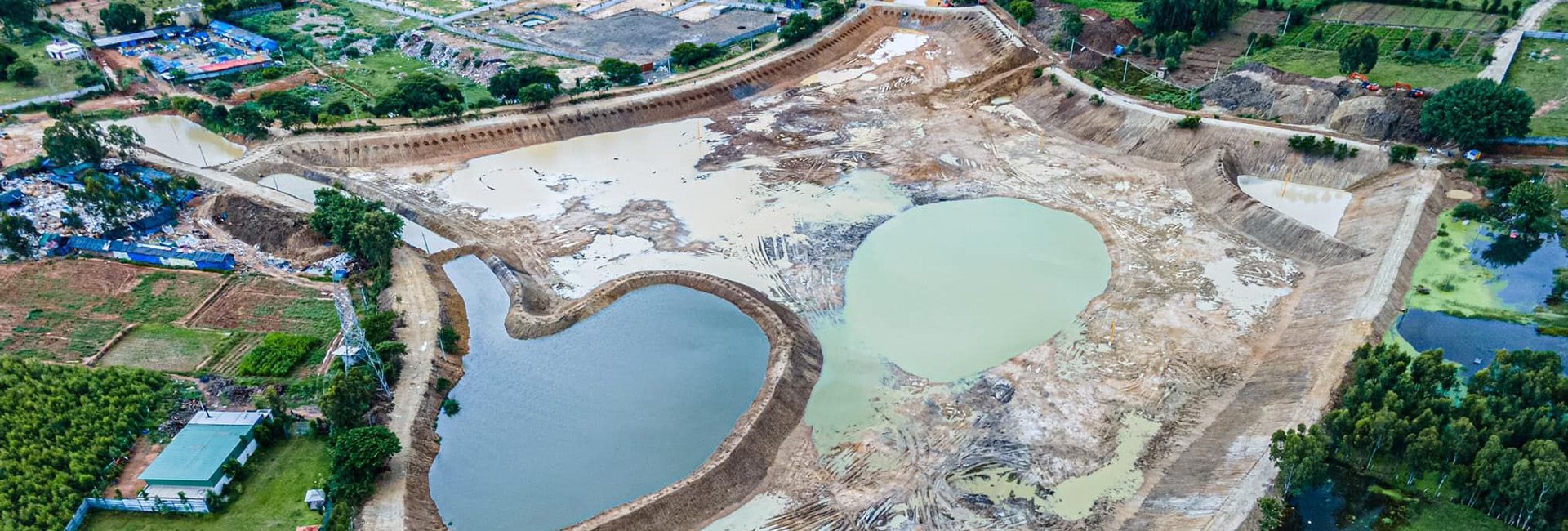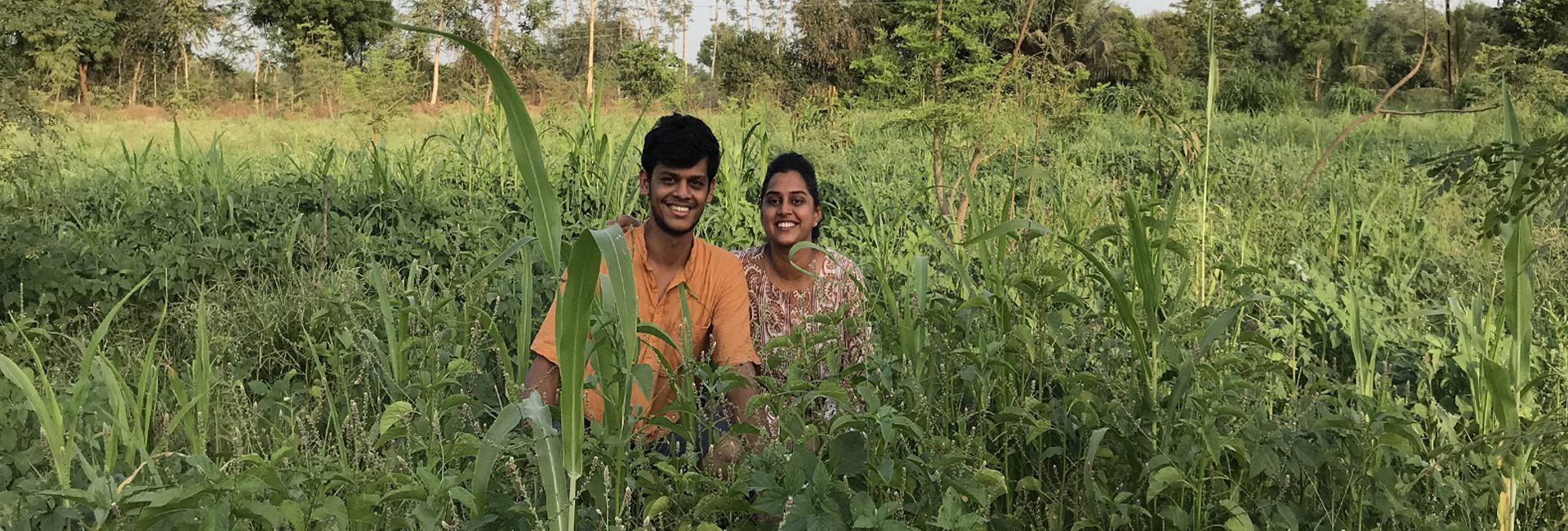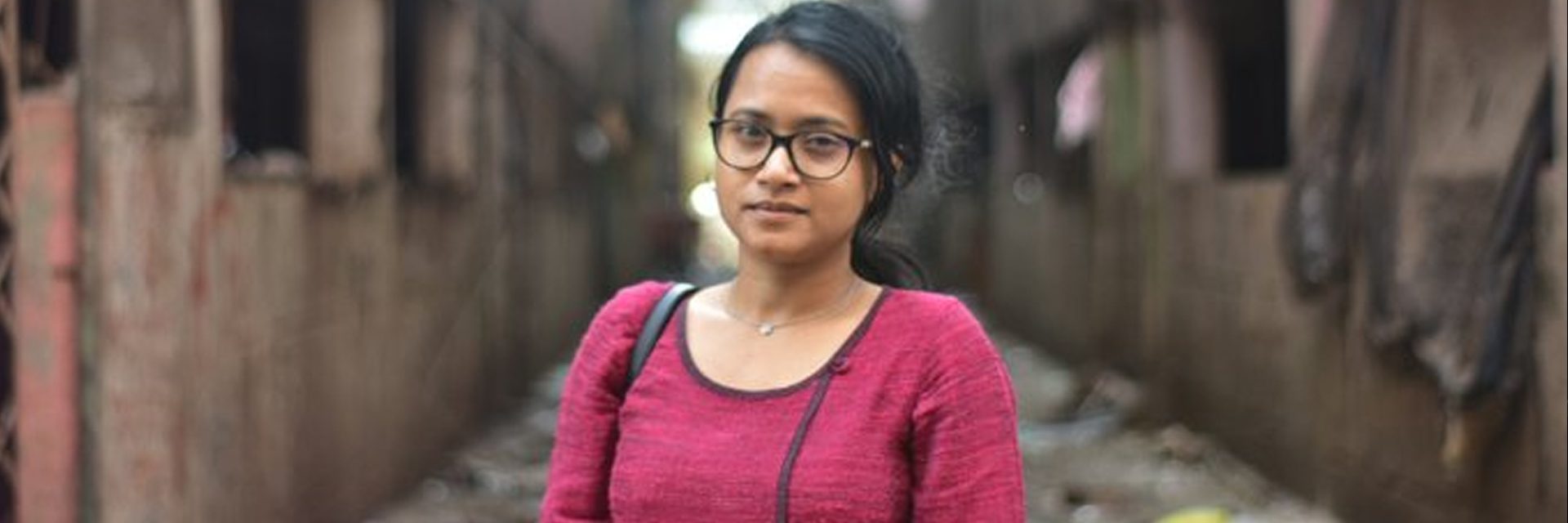(May 31, 2022) A Google search of Bengaluru’s lakes even throws up a dedicated Wikipedia page. The city has around 80 lakes today, some of which have been in the news for all the wrong reasons – including a stubborn cloud of toxic, inflammable foam on Bellandur Lake back in 2016. Without a river nearby, Bengaluru’s lakes date back to the sixteenth century. Scientifically planned even then, the network used the city’s altitude to distribute rainwater through a series of lakes and catchment areas. They were the city’s lifeline. Their number has dwindled from over a 1000 to 280 in 1960, according to Anand Malligavad, who has earned himself the title ‘lake man’, for his efforts in rejuvenating the city’s lakes. He even quit his job in 2019 to follow the cause full time and has revived 23 lakes so far.

Anand Malligavad
The United Nations Sustainable Development Goals include access to clean water and sanitation for all and apart from serving an important environmental cause, Bengaluru’s lakes were historically designed to sustainably meet the needs of what its founders foresaw would be a growing population. Despite being one of the world’s largest and cutting-edge cities, buying water from private tankers is common in many neighbourhoods, where piped water from the official water supply board has remained a feeble promise for years. Rejuvenating what is left of the city’s lakes is a pressing need and Anand is among a small but determined group of activists whose efforts have resulted in tangible change over the years. In an interview with Global Indian, Anand, India’s ‘lake man’, talks about bridging modern and traditional science for sustainable urban living and the challenges he continues to face.
A self-taught man
“I do my job through experiential learning,” says Anand, who is a qualified engineer but never formally studied conservation. Years of research preceded his first attempt to fix the lake situation. He gathered every bit of information he could about the lakes – their shape, structure, soil conditions, topography, ecosystem and their place in the larger, interconnected network. He studied nearly 180 lakes in Bengaluru and nearby areas over the course of one year.

A lake rejuvenated by Anand Malligavad
“We make use of ultra-violet water treatment, microorganisms in the soil and aquatic plants to sufficiently aerate the water,” explains Anand. “Other measures, like separating rainwater from sewage, is done in the wetland itself to ecologically correct the water quality.”
At the root of his efforts is a childhood fondness for lakes. Growing up, Anand had the enviable experience of studying at a school located around a lakebed, back home in a little village in North Karnataka. “I spent more time around the water body than in the classroom,” he laughs. In 1996, he joined thousands of migrants moving to Bengaluru to make the most of its then fledgling IT boom. He arrived at the city of lakes to find only a handful remaining, in various stages of pollution and neglect.
The turning point…
Having made rueful note of the city’s lakes soon after his arrival in Bengaluru, but hamstrung by a lack of funds, there was little Anand could do for many years. The first turning point came in 2003, when Anand, a mechanical engineer, joined Sansera Engineering, an automotive and aerospace company. Over the years, he scaled up his career in the organisation, becoming the group head of its projects and CSR division. It brought him back to a cause dear to his heart – for years he had watched the city’s lakes continue to dwindle and die before his eyes. He pitched the idea at work and it found favour with the management, who agreed to fund his initiative.

Working with a budget of ten million rupees, Anand began reviving Kyalasanahalli Lake near Anekal. Years of neglect and encroachment had left the 36-acre waterbody on the verge of death. They built ‘bunds’, the boundaries that have traditionally guarded the city’s water bodies. clay and gravel from the lakebed were used to construct natural structures. Begun in April 2017, the project got completed in 45 days, at the cost of Rs 95 lakh.
Challenges galore
The battle for water rages quietly on many fronts, including longstanding riparian disputes with neighbouring states. Water concerns are also likely to thwart future growth in a city that has established itself as a growing hub for both startups and cutting-edge technology.
Important though Anand’s efforts might be in the larger view of things, “raising funds is the biggest challenge,” he says. “The second challenge is dealing with resistance from encroachers. Getting approvals from governments and maintaining the lakes after they have been rejuvenated are also issues.” The lake man also involves local people and youth in his initiatives, making the protection of lakes a community effort. Not only this, he conducts reforestation drives with them to bring back the flora and fauna to previous glory. “It also helps them see their potential in terms of significantly improving their surroundings,” Anand remarks.
South to North
“I had set a goal to revive 45 lakes of Bengaluru by 2025 but will achieve the goal by 2024 itself,” he says. He is expanding his reach from south to north India. In association with the Ayodhya Lake Development Authority, he is working on rejuvenation of 108 kunds of the Ramayan era in the temple city. “We are also working on the project of rejuvenating Samda lake in UP with plans to turn it into an international bird sanctuary, one of the biggest of the country,” says Anand.

Anand Malligavad with chief minister of Uttar Pradesh, Yogi Adityanath
Message for society
Anand prefers to work in quiet, instead of driving too much publicity around his efforts. He believes strongly in two things. First, “education is not about scoring marks, it’s about impacting lives,” he says. “Academics are important but so is being passionate about a cause that matters. When a man like me coming from a small village can help in bring about a change in big cities then it is possible for all,” and true to his words, the ‘lake man’ has inspired many. One of his protégés is even writing a book on Anand and his journey.

“Nobody is too young or old to drive change,” he states. “I have been trying to revive the lakes from the age of 35. By the time I turned 42, I had revived almost 23 lakes. We can work for a good cause at any stage in life, instead of waiting to retire to do something good.” The father of one has now set his sights on the rest of the country and hopes to revive at least one lake in each state of India by 2025. “I want to create a model lake in each state, train people to revive other lakes in their nearby areas and become best inhabitants,” he signs off.





This is amazing work by an Individual. Bangalore City corporation must take a lesson from this and give Anand financial support as he needs. He has the ability to bring back the glory to this city called a garden city in the past. Young generation should join hands with him.